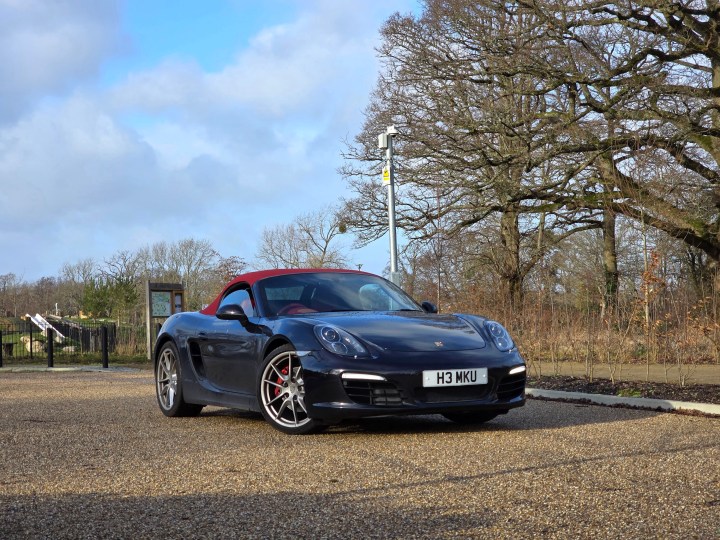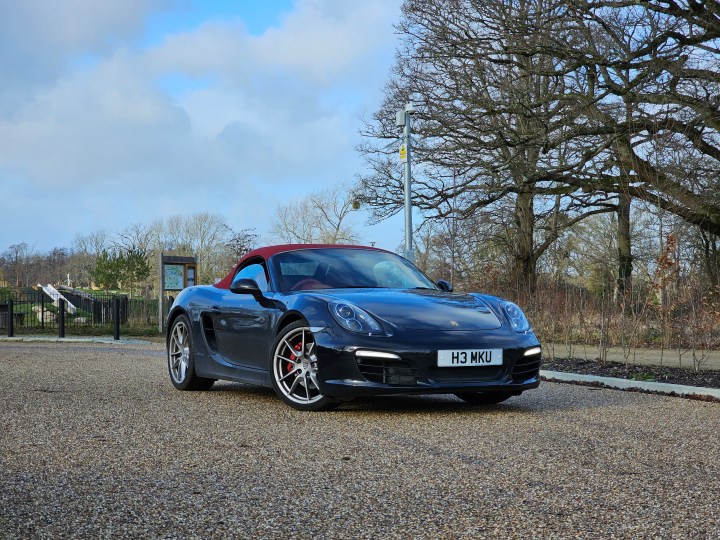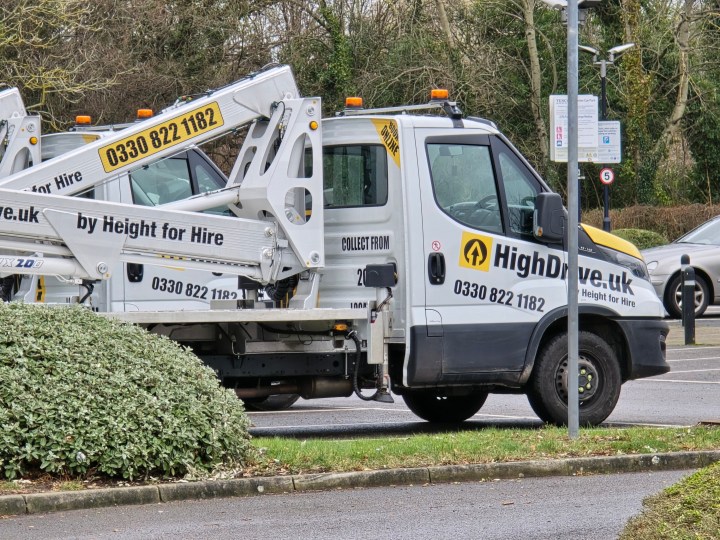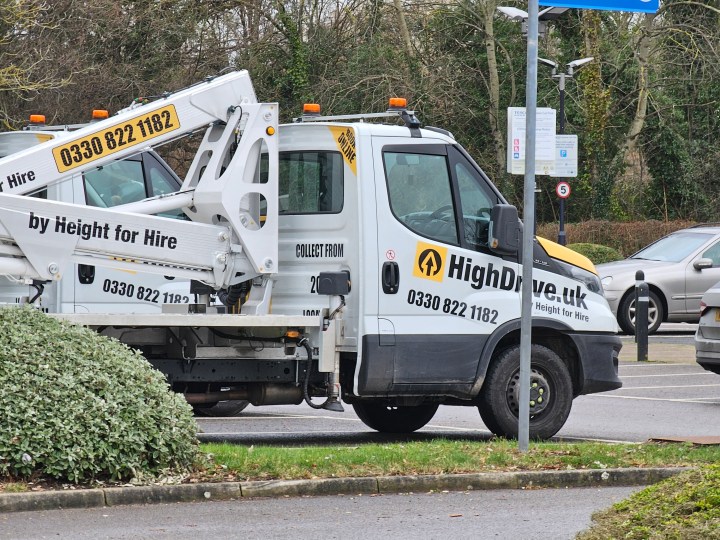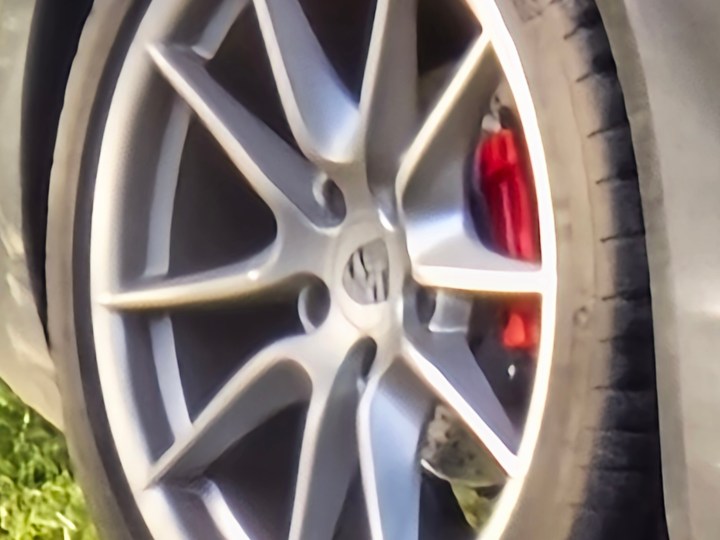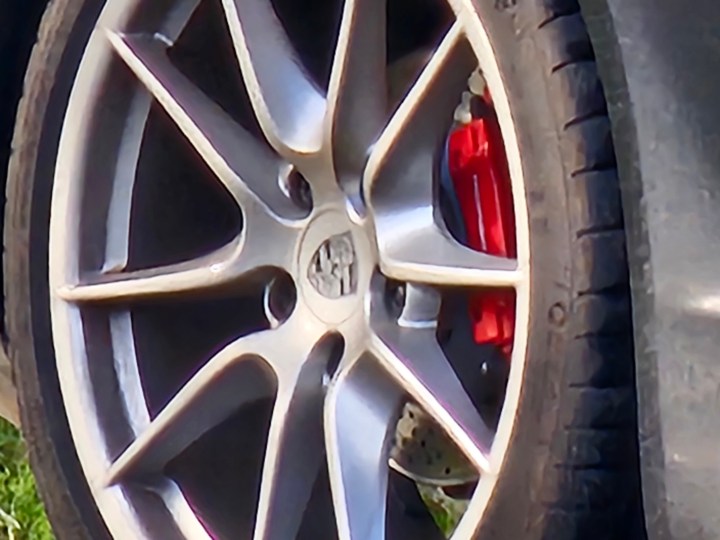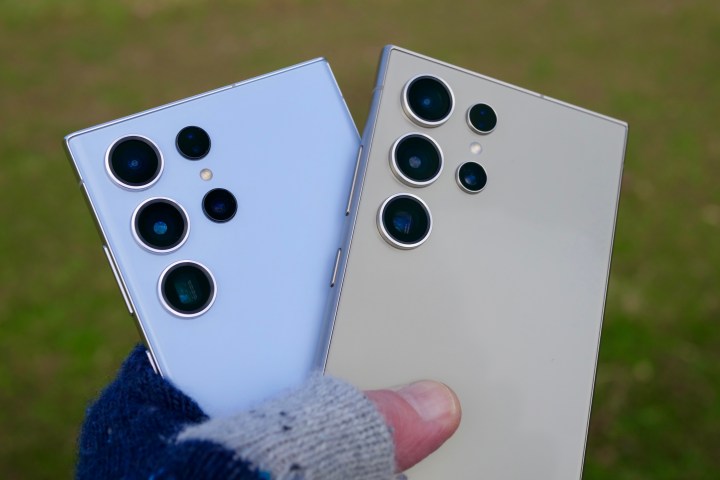
When did camera zooms get so complicated? These days, we don’t just have a single number like 3x to deal with, but many other zoom levels,. we also need to understand optical zoom, hybrid zoom, periscope zoom, Space Zoom, and a whole lot more. Samsung has confused the issue again with the Galaxy S24 Ultra, which has a 5x optical zoom and a 10x hybrid zoom, meaning it’s different from the Galaxy S23 Ultra.
The question is, do the changes make any difference, and if so, which one is better for taking zoomed-in shots? I took both Samsung Ultra phones out to see which one is best — new or old. The results are very interesting.
The Ultra camera specs

Before we get started, be aware this is not a full camera comparison between the Galaxy S24 Ultra and the
The Galaxy S24 Ultra has a 200-megapixel main camera, a 12MP wide-angle camera, and a pair of telephoto cameras: one with 10MP and the other with 50MP. These cameras provide a 3x and a 5x optical zoom, and a 2x and 10x optical quality zoom. The

Samsung has swapped the second 10MP telephoto camera for a 50MP telephoto on the Galaxy S24 Ultra, promising that the greater megapixel count will return 10x optical quality zoom photos that look just as good as the S23 Ultra’s 10x optical zoom. The S24 Ultra has an optical 5x telephoto zoom, while this is a digital zoom on the S23 Ultra, and both provide a 3x optical zoom.
What’s the difference between optical, digital, and hybrid zoom? Samsung itself provides a great definition, saying an optical zoom “physically adjusts the
3x optical zoom
- 1. Galaxy S24 Ultra 3x zoom
- 2. Galaxy S23 Ultra 3x zoom
Both the Galaxy S24 Ultra and
The first photos show marginal differences in texture between the two, with the Galaxy S24 Ultra smoothing the walls of the building in the background, as well as the stone walls under the arch, more than the S23 Ultra. The
- 1. Galaxy S24 Ultra 3x zoom
- 2. Galaxy S23 Ultra 3x zoom
However, in the second photo, the differences are far more obvious. The car’s black paint and red roof are a little washed-out in the S23 Ultra’s photo, but far more realistic and eye-catching in the S24 Ultra’s photo, and the white balance is more accurate too. This extends to the autumnal colors of the trees and the gravel road. There’s perhaps a hint more noise in places in the S24 Ultra’s photo, but I’ll take that when the colors are so much more pleasing.
The Galaxy S24 Ultra’s software, Samsung’s updated Super
Winner: Samsung Galaxy S24 Ultra
5x digital and optical zoom
- 1. Galaxy S24 Ultra 5x zoom
- 2. Galaxy S23 Ultra 5x zoom
Moving on to the 5x optical zoom, remember that the Galaxy S24 Ultra has a new 50MP telephoto camera for an optical zoom here, while the
It’s hardly surprising that the first image shows some differences in detail, with the white text crisp and readable in both, but obviously clearer and more defined in the Galaxy S24 Ultra’s image. But it’s the differences in color and tone that leap out, as the S24 Ultra’s photo looks more like the setting did in real life, compared to the S23 Ultra’s cooler image.
- 1. Galaxy S24 Ultra 5x zoom
- 2. Galaxy S23 Ultra 5x zoom
The
Winner: Samsung Galaxy S24 Ultra
10x optical and hybrid zoom
- 1. Galaxy S24 Ultra 10x zoom
- 2. Galaxy S23 Ultra 10x zoom
The 10x comparison is arguably the big test here, as the S23 Ultra’s 10x optical zoom is unique, and the S24 Ultra’s 10x hybrid zoom less so. Samsung promises the S24 Ultra’s 50MP telephoto camera’s ability will negate any drop in quality that comes with a non-optical zoom, but is that the case?
The first photo was taken inside in average light, which really favors the optical zoom, so we get the reverse of the 5x situation above, where the
- 1. Galaxy S24 Ultra 10x zoom
- 2. Galaxy S23 Ultra 10x zoom
What about a 10x photo of the clock featured in our 5x zoom comparison? Now tthat we’re outside in decent lighting, it’s far harder to see the detail differences here, with the Galaxy S24 Ultra doing a great job of minimizing the noise and pixelization, while still showing plenty of detail. You may even see more texture in the S24 Ultra’s photo, and prefer the warmer tone that has been evident throughout the test.
Our third photo was taken outside in average lighting, and again the differences are fewer. The S23 Ultra’s text is marginally sharper, and the blacks are a bit blacker, but there is slightly more noise than in the S24 Ultra’s photo. I wonder if seeing the S24 Ultra’s photo in isolation would make anyone think it’s a hybrid and not an optical shot? It’s certainly way more acceptable than many may have feared an optical quality shot would be, and the S24 Ultra has performed better than the S23 Ultra did in the 5x test.
- 1. Galaxy S24 Ultra 10x zoom
- 2. Galaxy S23 Ultra 10x zoom
That said, it’s impossible to say the S24 Ultra optical quality has taken better photos than the S23 Ultra’s 10x optical zoom, but they are definitely not an embarrassment or a disaster. It can’t quite take the win, but the S24 Ultra’s more pleasing tone and stronger noise reduction makes this category a shocking tie.
Winner: Draw
30x zoom
- 1. Galaxy S24 Ultra 30x zoom
- 2. Galaxy S23 Ultra 30x zoom
Both the Galaxy S24 Ultra and
While the level of detail is fairly similar, the Galaxy S24 Ultra’s exposure, contrast, and brightness have been sufficiently altered to bring the detail out more, which makes the photo appear more realistic. It’s still not something many people will want to use often, but work has been done to improve the feature over the previous generation.
Winner: Galaxy S24 Ultra
100x zoom
- 1. Galaxy S24 Ultra 100x zoom
- 2. Galaxy S23 Ultra 100x zoom
Yes, if you want to zoom in to 100x, the
The Galaxy S24 Ultra wins
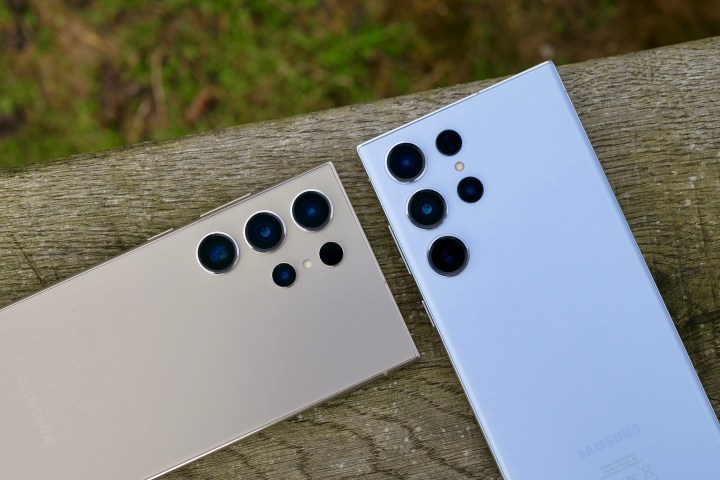
The Galaxy S24 Ultra has either won or tied in all the categories, cementing its place as the new telephoto superstar of the smartphone world. It’s something of a shock that it managed to tie with the
But it’s not just the 10x mode that makes the S24 Ultra a winner. The 5x optical zoom is excellent, and along with the improvements to the 3x optical zoom, the Galaxy S24 Ultra legitimizes Samsung’s decision to change the telephoto cameras. Add in new software and some very clever AI enhancements, and it takes better telephoto photos than the S23 Ultra in almost all situations.
I was worried about the changes Samsung made to the Galaxy S24 Ultra’s telephoto camera, but the results are excellent. I’m not saying I won’t miss the 10x optical zoom, but I won’t feel shortchanged by the S24 Ultra, and that’s really important. Now, for the Galaxy S25 Ultra, I’d like a 3x, a 5x, and a 10x optical zoom. Please, Samsung.
Editors' Recommendations
- Samsung has a new (and cheaper) way to buy the Galaxy S23
- Having Galaxy S24 Ultra camera issues? A fix may be coming soon
- A new version of the Samsung Galaxy S24 could be coming soon
- 5 things I want to see in the Samsung Galaxy S25 Ultra
- I just got one of 2024’s most interesting phones. Here are 5 things I can’t wait to try



